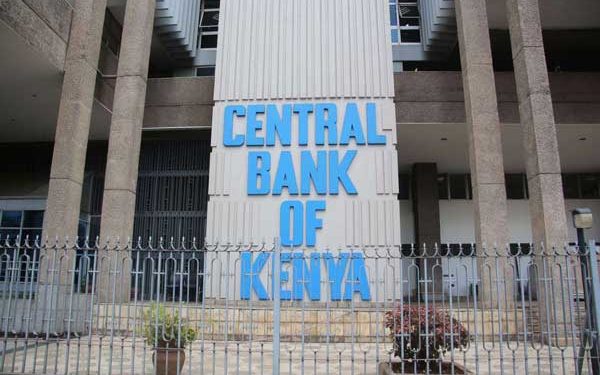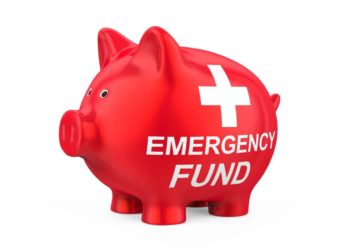The Central Bank of Kenya (CBK) and the National Treasury confront a pivotal test as investors anticipate a premium above the 16% return proposed on a 10-year bond within the March 2024 issuance endeavoring to raise KES 40 billion.
The issuance includes two reopened three- and five-year papers. Notably, the three-year bond sale has already garnered KES 34.3 billion, with open options until March 20.
In an unconventional move, the CBK predetermined the coupon for the 10-year bond before the sale, indicating an inclination to decrease rates with the alleviation of government borrowing pressure.
Analysts project average bidding levels for the bond to range between 16.28% to 16.9%, possibly necessitating the CBK to provide a discount as these rates surpass the stated coupon.
Anticipations point towards aggressive bidding, particularly for the reopened short-term issues due to their appealing coupon rates. Analysts recommend bid levels of 16.4-16.9% for the 10-year yield. Additionally, competitive bids ranging from 16.28% to 16.48% are expected, with an emphasis on shorter-dated papers.
Despite these potential pressures, it is improbable for the CBK to feel obligated to accept bids exceeding the coupon rate, given that the March issuance has already achieved 86% of its target, largely attributed to the three-year tranche.
Moreover, the KES 240.9 billion garnered from the February infrastructure bond has alleviated the pressure to meet the domestic borrowing target outlined in the Budget Policy Statement.
The decision to issue a 10-year bond indicates a shift towards longer-term bonds after a sequence of shorter-dated issues with higher coupons, reaching up to 18%. This strategic move mitigates the government’s exposure to elevated costs of domestic debt over the long term.
Although the CBK typically favors short-dated securities, usually within the three to five-year range, such a strategy leads to a reduction in the average time to maturity for government debt.


















